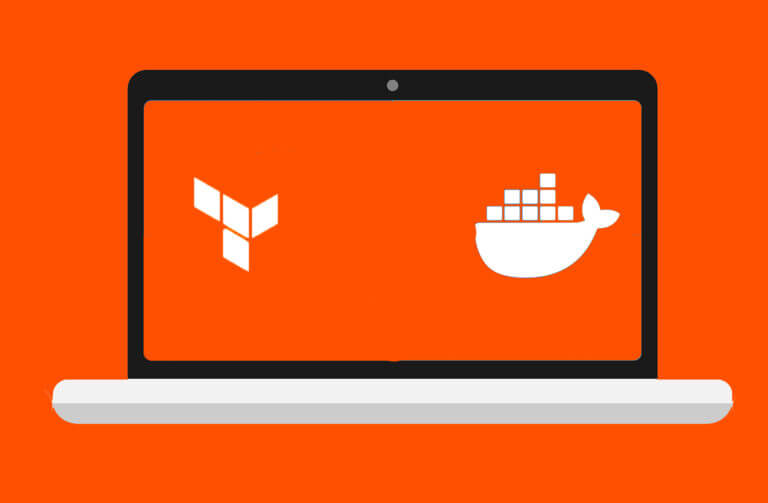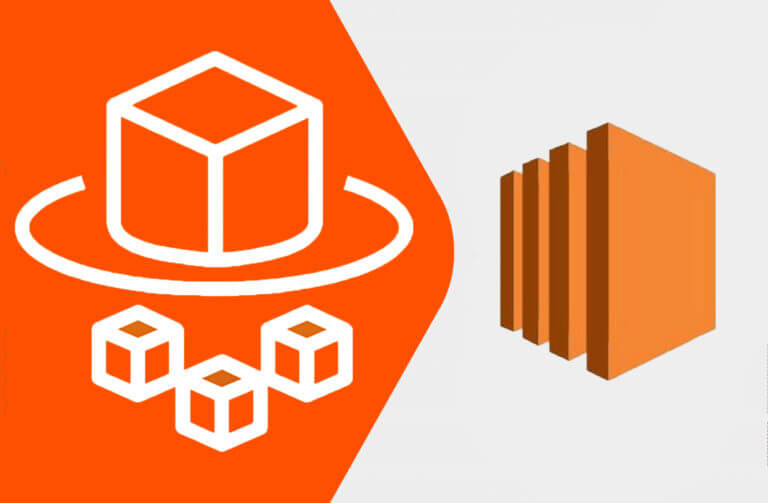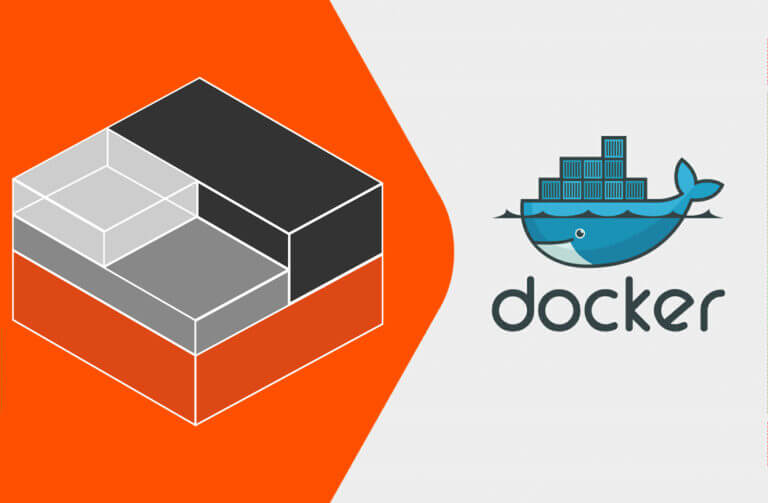Summary
Terraform and Docker are two essential solutions in a developer’s toolkit. Docker is a containerization platform, while Terraform is an infrastructure-as-code tool.
Building and managing infrastructure is a complex but essential task for modern applications. Thankfully, innovative tools like Terraform and Docker, each with its own strengths, are available to simplify these processes. Terraform and Docker have become indispensable for DevOps, offering unique solutions to streamline processes, optimize resources, and enhance scalability.
While both play crucial roles in infrastructure management, Terraform and Docker address different aspects. In this blog post, we’ll explore Terraform and Docker’s functionalities and strengths, compare and contrast their approaches, and understand how they can be combined for a powerful and efficient infrastructure management solution.
What Is Terraform?
Terraform is an open source infrastructure-as-code (IaC) tool used to automate the provisioning and management of cloud resources. Developed by HashiCorp, Terraform allows you to define the desired state of your infrastructure in a human-readable configuration file, eliminating the need for manual configuration and scripting.
Terraform is a game-changer for infrastructure management for various reasons, some of which include:
- Declarative syntax: Terraform uses a declarative approach. Instead of dictating a sequence of steps, you specify the desired end state of your infrastructure (e.g., number of VMs, storage capacity), and Terraform takes care of creating the resources to achieve that state.
- Multi-cloud support: Terraform speaks the language of various cloud providers like AWS, Azure, GCP, and more. This means you can manage infrastructure across different cloud environments using a single tool, thereby promoting consistency and reducing complexity.
- Version control and collaboration: Terraform configurations can be version-controlled using Git or similar tools. This allows you to track changes, collaborate with teams, and easily roll back to previous versions if needed.
What Is Docker?
Docker is a containerization platform that has revolutionized the way we package and deploy applications. Think of it as a standardized shipping container for your software. Just like a shipping container can hold any cargo and be easily transported across different modes of transport, Docker containers encapsulate your application with all its dependencies (libraries, frameworks, configurations) into a portable unit. These lightweight and portable containers enable consistent application behavior across different environments.
Some exciting benefits of containerization with Docker for application deployment include:
- Simplified application deployment: Docker containers bundle everything an application needs to run, including its code, libraries, and runtime environment. This eliminates the need to worry about environment-specific configurations, streamlining deployment across different environments like development, testing, and production.
- Scalability: Docker containers are lightweight and can be easily scaled up or down based on your application’s needs. This makes them ideal for dynamic workloads that experience fluctuating resource demands.
- Increased developer productivity: By abstracting away infrastructure complexities, Docker allows developers to focus on writing clean, well-structured code without getting bogged down in environment-specific issues.
Key Differences between Terraform and Docker
While both Terraform and Docker are essential tools in the modern developer’s arsenal, they address distinct aspects of infrastructure management. Here’s a breakdown of their key differences:
Area of Focus
Terraform focuses on infrastructure provisioning and management. It defines the infrastructure components needed to run your application, such as VMs, databases, and networks.
Docker concentrates on containerization and application deployment. It packages applications with their dependencies into standardized units called containers, ensuring consistent application behavior across environments.
Level of Abstraction
Terraform operates at a higher level of abstraction. It deals with infrastructure resources as building blocks, allowing you to define things like virtual machines, databases, and load balancers.
In contrast, Docker works at a lower level. It focuses on packaging application code with its dependencies into portable containers, enabling them to run consistently across different environments.
Management Approach
Terraform employs a declarative approach. Users define the desired state of the infrastructure (e.g., number of VMs, storage capacity) in Terraform configuration files. Terraform then automatically plans and executes the necessary actions to achieve that state. This simplifies infrastructure management as users don’t need to write complex scripts specifying every step.
Docker utilizes an imperative approach. Users define a sequence of commands to build and deploy containerized applications. Dockerfiles are used to specify the steps for building container images, including installing dependencies and configuring the application environment. While offering flexibility, this approach requires more manual configuration compared to Terraform’s declarative style.
State Management
Terraform maintains its own state of the infrastructure it manages. This state information includes details about the resources provisioned and their configurations. It allows Terraform to track changes and determine the most efficient way to achieve the desired state.
Docker doesn’t have built-in state management for containerized applications. While Docker containers themselves are designed to be stateless, managing application data within these containers often requires additional tools like container orchestration platforms (e.g., Kubernetes) for stateful applications.
Security
Terraform focuses on infrastructure security by allowing users to define security settings for resources like access control lists (ACLs) and security groups. However, it doesn’t directly manage container security aspects.
Docker provides basic security features for container images, including user isolation and resource constraints. For comprehensive container security, however, integration with dedicated container security tools is recommended.
Scalability
While Terraform excels at provisioning infrastructure at scale, scaling the infrastructure itself typically requires additional scripting or integration with cloud provider tools.
Docker containers are inherently scalable. They can be easily spun up or down based on demand, making them ideal for applications with fluctuating resource requirements. Using Docker containers with orchestration platforms like Kubernetes further enhances container scalability by managing deployments and scaling across multiple machines.
Learning Curve
Terraform has a learning curve associated with its configuration language and understanding of infrastructure concepts.
Docker may be easier to learn for developers familiar with containerization concepts. However, building complex multi-container applications can involve a steeper learning curve.
Use Cases for Terraform and Docker: When to Choose Which
Now that we’ve explored the functionalities and core differences between Terraform and Docker let’s explore some specific scenarios where you’ll ideally use each tool:
When to Use Terraform
- Provisioning a complex web application infrastructure: Terraform can automate the provisioning of all the resources needed for your web application, such as web servers, databases, load balancers, and security groups, across different cloud environments.
- Provisioning complex infrastructure across different cloud providers: Need to manage a multi-cloud environment with resources like VMs, databases, and networks across AWS, Azure, or GCP? Terraform’s multi-cloud support and infrastructure automation capabilities make it the ideal choice.
- Maintaining consistent infrastructure across environments: Terraform is an ideal choice when you need to ensure identical infrastructure configurations for your development, testing, and production environments. Terraform’s version-controlled configurations enable consistent and repeatable deployments.
- Managing infrastructure changes efficiently: Terraform allows you to define infrastructure changes in its configuration files. Once defined, Terraform can efficiently apply those changes to your cloud resources, streamlining infrastructure updates.
When to Use Docker
- Deploying microservices architectures: Microservices architectures break down applications into smaller, independent services. Docker containers are perfectly suited for packaging and deploying these microservices, enabling them to communicate and scale independently.
- Continuous integration and continuous delivery (CI/CD): Docker allows for consistent and automated application builds and deployments through CI/CD pipelines. This fosters faster development cycles and smoother deployments.
- Modernizing legacy applications: Docker can be used to containerize legacy applications, allowing them to benefit from the portability and scalability advantages of containers.
- Ensuring consistent application behavior: Docker containers guarantee consistent application behavior regardless of the underlying environment. This is because each container encapsulates the application code with all its dependencies, eliminating compatibility issues.
Integrating Terraform and Docker
When used together, the Terraform-Docker combination gives the benefits of two modern concepts in application deployment. By leveraging both tools, developers can achieve a high degree of automation and infrastructure management efficiency.
One popular use case for combining Terraform and Docker is building a CI/CD pipeline. Terraform can handle infrastructure provisioning in different environments (development, testing, production), while Docker can automate container deployment throughout the pipeline. This way, Terraform is used to design and provision the underlying infrastructure, such as a virtual machine cluster, needed to run Docker containers on a cloud platform. It can also be used to deploy Docker images by using Terraform to run the Dockerfile and build the container images using the Terraform Docker provider.
The integration of Docker and Terraform allows organizations to streamline infrastructure management and application deployment workflows. This combination allows teams to achieve consistency and repeatability in application deployments across different environments. Additionally, integrating both tools automates the entire application deployment process, from provisioning infrastructure to deploying applications.
Conclusion
Docker and Terraform represent powerful tools that play complementary roles in modern infrastructure management and application deployment. As organizations embrace modern software deployment technologies like Terraform, Docker, and Kubernetes, it’s essential to consider data management and storage requirements in containerized environments. With Portworx®, Pure Storage provides the best persistent storage solution for Kubernetes, ensuring seamless integration and data management across containerized environments. Likewise, tools like Pure Cloud Block Store™ bring block storage to the cloud, enabling organizations to run database and container workloads with ease, whether on premises or in the cloud.
![]()






